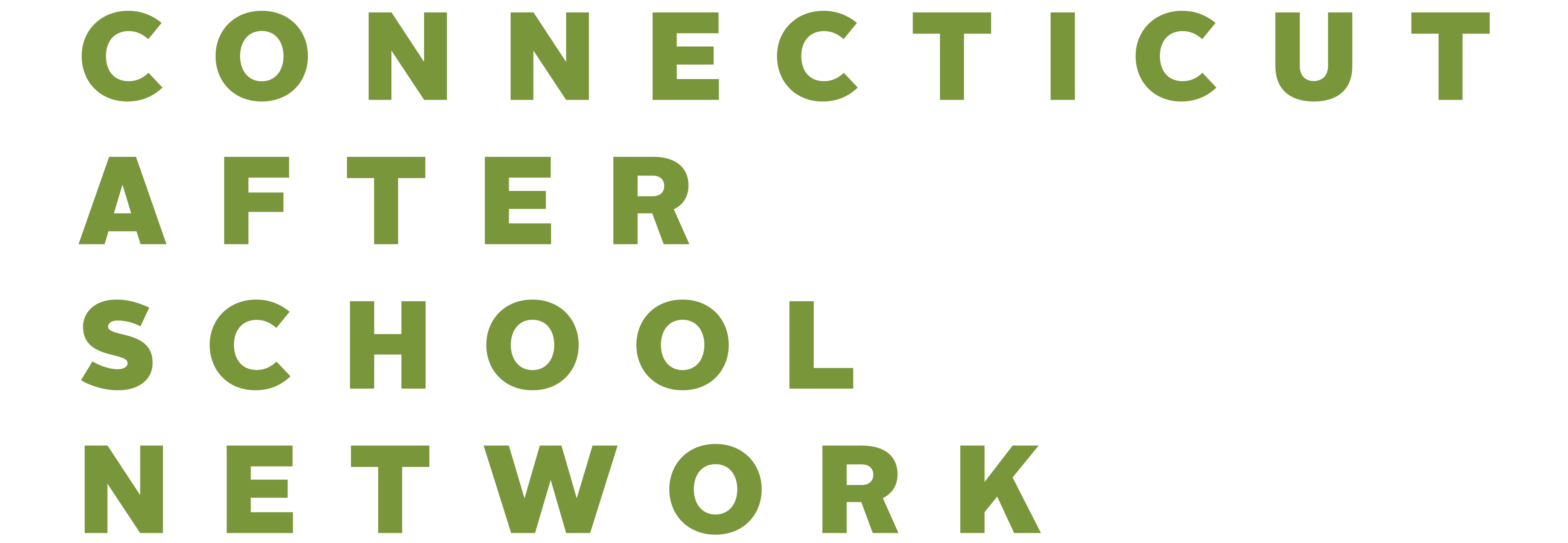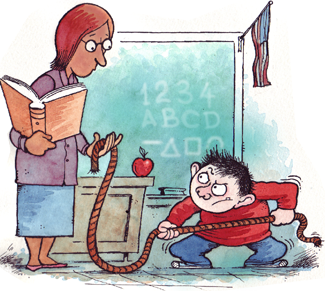Part 1: Awareness

Assistant Director
Norwalk Housing Authority
Does this sound familiar?
Educator: “You are always interrupting my program by making by silly fart noises. Cut it out.”
Student: “You’re always blaming me for stuff I didn’t even do.”
Educator: “It is you. Stop or be kicked out.”
Student: “My mom said you shouldn’t be yelling. You’re not a teacher. This is after school.”
Educator: “GET OUT NOW!”
Student: “Bye! And I’m not coming back to this stupid place again.”
As educators, we recognize how easy it is to get trapped in a power struggle. Avoiding the struggle takes a certain level of self-awareness and self-control in order for the educator to know when to stop, remain calm, and disengage when it matters most in a moment of crisis. We must focus on our direct influence of changing the direction of the soon-to-be power struggle. However, many educators lack personal awareness of how they contribute to the reaction of the student. To avoid a power struggle, one must focus on prevention and understand that they can be avoided if the teacher mindfully chooses not to engage but to redirect.
Look Within
In my experience, defiant and combative children need someone to pay close attention to their triggers in order to prevent meltdowns. Seeking to genuinely understand the student’s background and home life is another window to understanding the causes of their defiant behaviors. Critical reflection is also necessary for identifying students’ triggers. Watch your students’ reactions to directives, behaviors, and their communications with other individuals in the classroom. Noticing how their reactions directly correlate with their noncompliant behaviors can help you anticipate and prevent a prospective power struggle well before it happens.
Once you have identified the warning signals of a potential conflict, begin to reflect on prior incidences.
What made the oppositional confrontation go from bad to worse?
Reflect on your reactions:
► Did you become visibly angry?
► Did you raise your voice?
► Did you intimidate the student?
Student Triggers
✔ Did the student’s anger increase as your voice tone elevated?
✔ Does this student experience anxiety when you impede on their personal space?
✔ Are your facial expressions, gestures, posture, and movement intimidating to the student?
✔ Did you reprimand the student in front of his/her peers?
✔ Did you accuse the student of an action speculating but not knowing all the facts?
✔ Did you interrupt the student when they were talking?
Any conflict consists of at least two people fueling the escalation.
Wrap Up
In Part One of The Power Struggle, educators should aim to focus on prevention. Being mindful of what leads to confrontational incidents is the first technique to prevent them. Moreover, educators must be aware of their role and influence during a pre-crisis situation. Our focus should be on supporting the student and not viewing them as the adversary no matter how antagonizing or manipulating they might be. Concentrating on redirecting and diffusing the incident prevents conflict. In Part Two of The Power Struggle, I reveal deescalating tips on Ways to Diffuse a Power Struggle.
In the comments section, please share your students’ triggers and successful techniques you use to redirect them. Feel free to share a personal experience you have had with a student or your own child.

